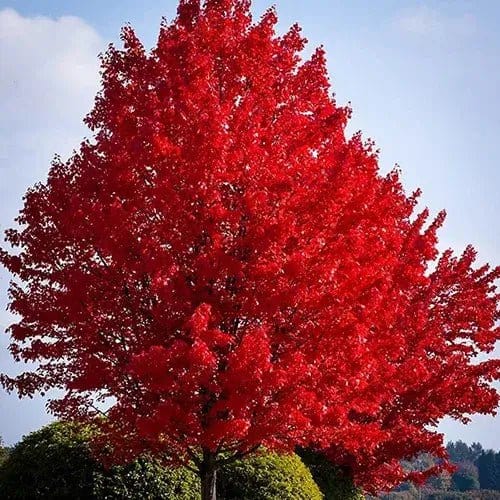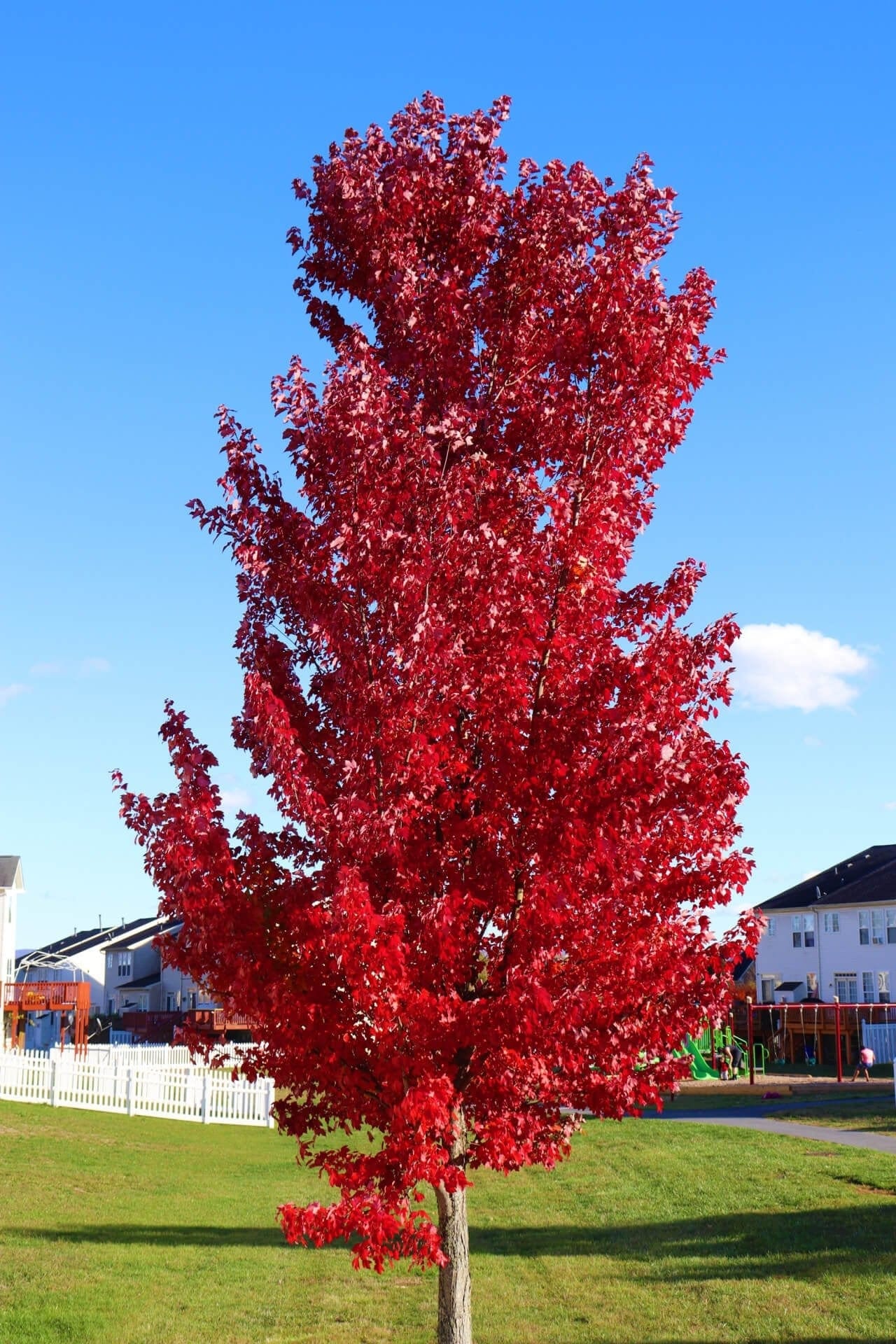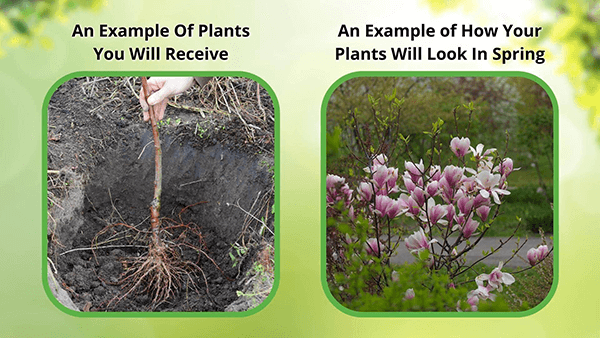Red Maple Tree
Red Maple Tree
| Order | Percentage Discount | ||
|---|---|---|---|
| 2-5 | 25% Off | ||
| 6-10 | 30% Off | ||
| 11-25 | 35% Off | ||
| 26-50 | 45% Off | ||
| 51+ | 65% Off | ||
Couldn't load pickup availability
5-7 Days
Over 25 Feet
Full Sun
3-9
Shade
Bare-root
NJ. OH. WI. OR.
Red Maple Trees- Acer Rubrum
The Red Maple Tree is the ultimate addition to any garden begging for color. Its bright red plumage in the fall months makes it ideal for any gardener wanting to celebrate the seasons. For many homeowners and landscapers, it is a dream come true.
Growth And Appearance Of Red Maple Trees
This fast-growing tree begins with bright red flowers and twigs in spring, putting on an attractive early-season display. Then, during the summer, it transitions to a thick canopy, with dense leaves jostling for space.
Fall's Vibrant Foliage
Following that comes the tree’s transformation in the fall, where it develops spectacular orange, yellow, and red leaves before they finally fall to the ground. The tree grows significantly (usually 50 to 90 feet tall and 30 to 40 feet wide) while maintaining its shape and color.
The bark thickens with age and turns gray, adding tone to your garden and complementing your theme. Sometimes, trees produce fruits called samaras in late spring, attracting small mammals to the area. The fast-growing tree is a relatively hardy species.
Hardy Planting Zones
The tree thrives in hardiness zones 3 to 9. To get the best results. Keep it in moist soils without irrigation. It is okay to grow with or without direct sunlight, and once mature, the tree can survive several weeks without rain.
Growth Pattern
Expect the tree to grow around two feet in the right climate annually. The tree can naturally resist disease and doesn’t get sick often. Give your garden a classic fiery red look in the autumn. Grows to 50-90 feet; requires minimal maintenance.
Asthetics
The tree develops a stunning fiery red canopy in autumn before the leaves fall. Red maple is suitable for numerous climates, including dry conditions, and is naturally resistant to multiple diseases, including blight, pests, and diseases.
Attracts wildlife into the garden by providing shelter and grows to a maximum height of 90 feet, although most specimens are significantly shorter
This Is How Your Plants Will Look upon Delivery
Bloom/Foliage Color
Red
Shipping date depends on the date displayed and chosen when you order from the product's page.
We only accept returns on plants verified dead. If you think your plants have died, we offer a 1 year warranty, please use use this File a Claim Link to verify dead plants and start with return warranty process.









